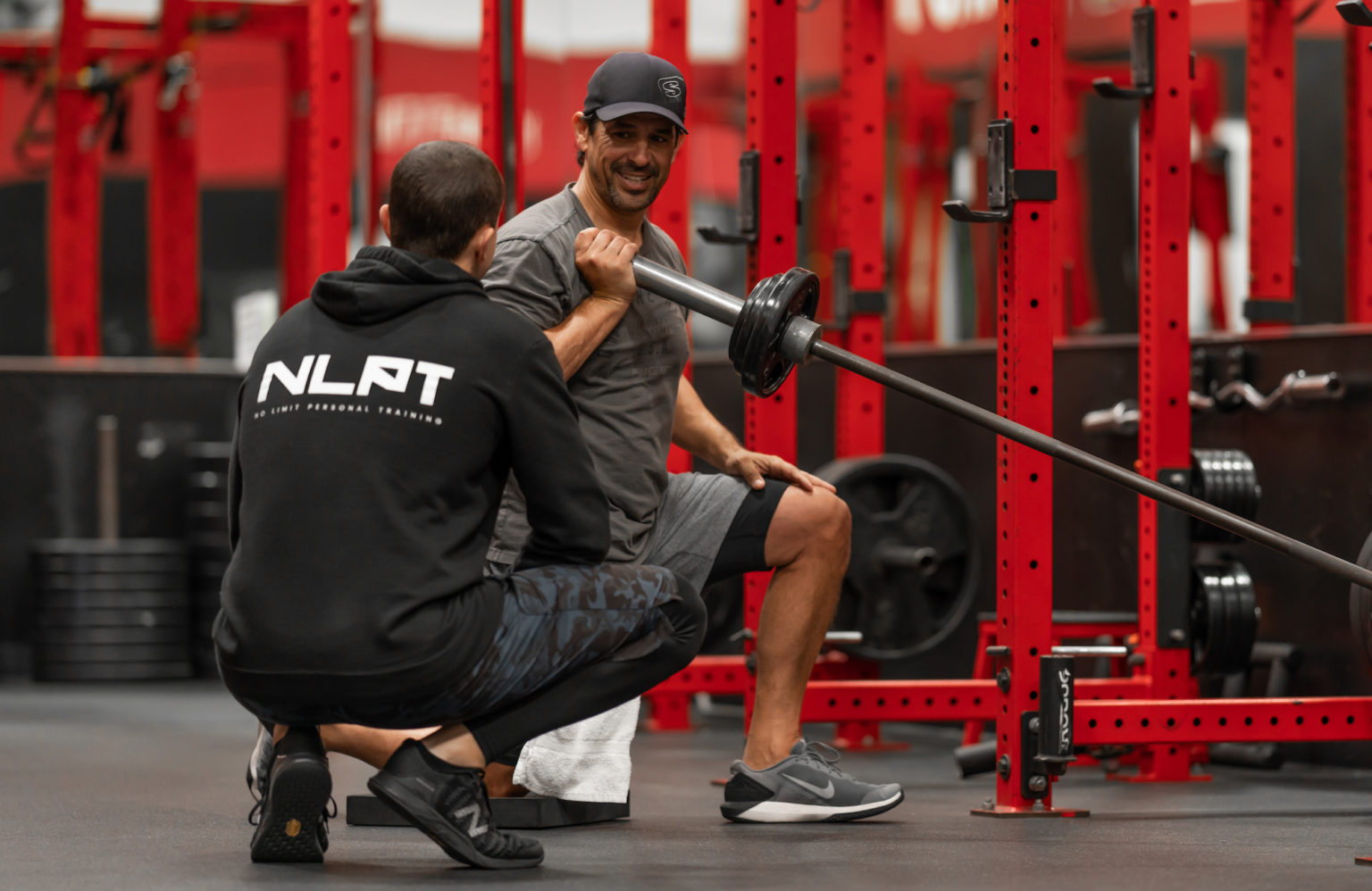Optimize Your Results: a Personal Trainers Role in Creating Effective Programs and Diverse Activities for every single Fitness Degree
a Personal instructor plays an essential function in maximizing fitness outcomes via tailored program design. By examining private objectives and limitations, instructors can produce effective, tailored workout strategies. They also include a range of workouts to preserve engagement and enthusiasm. Surveillance development and changing routines based on comments are important for success. How do these elements combine to promote real change? The solution lies in the in-depth approaches employed by trainers.
Recognizing Individual Goals and Limitations
How can individual instructors properly customize programs to fulfill diverse customer needs? Recognizing specific objectives and constraints is essential for personal fitness instructors intending to optimize their customers' health and fitness journeys. Each client provides one-of-a-kind ambitions, whether it be weight loss, muscle gain, or enhanced athletic performance. A complete assessment of a client's physical abilities, case history, and way of life variables is essential.
Instructors need to also think about psychological elements, such as inspiration levels and personal preferences, which can greatly influence adherence to a fitness program. By taking part in open communication, fitness instructors can reveal specific objectives and determine prospective barriers to proceed.

Developing Custom-made Workout Plans
Producing personalized workout strategies calls for a thorough understanding of each customer's one-of-a-kind profile, formed by their private goals and restrictions. Individual fitness instructors start this procedure by conducting comprehensive analyses, which include examining fitness degrees, clinical background, and personal preferences. This in-depth evaluation educates the layout of customized programs that align with the customer's goals, whether they intend for weight loss, muscle mass gain, or enhanced sports efficiency.
Fitness instructors have to likewise take into consideration elements such as age, experience, and any type of pre-existing injuries, ensuring that the workout strategies are both safe and effective. By including particular exercises that target appropriate muscular tissue teams and energy systems, instructors can enhance outcomes. In addition, personal trainers on a regular basis keep track of progression and change plans as needed, cultivating flexibility to fulfill advancing demands. Eventually, the creation of personalized exercise plans is a collective initiative that equips customers while optimizing their possibility for success in attaining physical fitness goals.
Including Variety to Keep Workouts Engaging
What techniques can personal instructors use to ensure that exercises stay stimulating and delightful for their clients? One efficient strategy is integrating a selection of exercises that target different muscular tissue groups and physical fitness parts. By rotating in between stamina training, cardio workouts, and flexibility workouts, trainers can stop monotony. Furthermore, introducing new tools, such as resistance bands, kettlebells, or stability spheres, can revitalize regimens and challenge customers in novel methods.
An additional approach is to integrate useful activities and sports-specific drills, which can increase interaction by lining up exercises with customers' rate of interests - training gym near me. Exterior workouts or group courses can also boost the experience, cultivating a sense of area and motivation. Individual fitness instructors may think about setting themed workout days or including gamification aspects to further boost interest. By maintaining a dynamic and differed workout program, fitness instructors can help clients remain committed to their fitness journey, ultimately leading to boosted outcomes and complete satisfaction
Checking Development and Making Changes
Reliable tracking of progression and making necessary adjustments are essential for individual trainers to guarantee their customers attain their health and fitness objectives. This process starts with developing clear, measurable objectives tailored per customer's special requirements. Normal assessments, such as fitness examinations and progress tracking, enable fitness instructors to assess efficiency and recognize areas requiring modification.
Individual instructors must utilize various approaches, such as performance metrics, body structure analysis, and client feedback, to gather information. By examining this info, trainers can establish whether a client gets on track or if adjustments are required in exercise intensity, frequency, or kind of exercises.
Flexibility in program layout allows instructors to respond to clients' physical and psychological states effectively. As clients progress, their goals may advance, demanding ongoing adaptations click reference to assure ongoing enhancement and involvement. Ultimately, consistent tracking and prompt adjustments are crucial for continual success in any health and fitness journey.
Building Motivation and Responsibility for Success
Preserving inspiration and accountability is vital for clients functioning hard to reach their fitness goals. Individual instructors play an important duty in promoting these elements. By developing clear, possible purposes, trainers aid clients visualize their success, making the journey less daunting. Routine check-ins and development analyses permit trainers to commemorate milestones, enhancing favorable actions and sustaining motivation.
Furthermore, trainers can carry out liability strategies, such as exercise logs or team sessions, creating an encouraging area setting. This motivates customers to continue to be committed and engaged. By urging self-reflection and setting personal challenges, trainers advertise intrinsic motivation, encouraging clients to Get More Info take possession of their health and fitness trips.
Creating an environment of trust and inspiration even more improves inspiration, as clients feel supported in their struggles. Ultimately, a Personal fitness instructor's capability to build inspiration and accountability is necessary for making certain customers not only accomplish their physical fitness objectives but likewise keep long-term healthy and balanced routines.
Regularly Asked Questions
What Qualifications Should I Seek in a Personal Trainer?

How Can I Locate a Personal Fitness Instructor in My Area?
To find a Personal fitness instructor in the area, one can search online directories, ask for referrals from buddies or regional fitness centers, and examine social media sites platforms for customer evaluations and trainer profiles.
What Is the Average Cost of Personal Training Procedure?
The average cost of personal training sessions typically varies from $40 to $100 per hour, relying on factors such as the fitness instructor's experience, area, and session duration, with package commonly available for minimized prices. (gym near me)
Just how Typically Should I Consult With a Personal Instructor?
Fulfilling with a Personal trainer typically varies from once to three times weekly, depending on specific goals, fitness levels, and timetables. Constant sessions can boost inspiration, liability, and general progress towards attaining health and fitness goals.
Can Personal Trainers Aid With Nutrition Suggestions too?

Exactly how can individual trainers successfully customize programs to satisfy diverse customer needs? Recognizing private objectives and constraints is important for individual fitness instructors aiming to maximize their customers' fitness journeys. Personal trainers begin this process by conducting thorough analyses, which include examining physical fitness degrees, medical history, and personal choices. What methods can individual trainers utilize to assure that workouts remain stimulating and satisfying for their clients? Effective surveillance of progress and making required adjustments are important for individual instructors to assure their clients accomplish their health and fitness objectives.